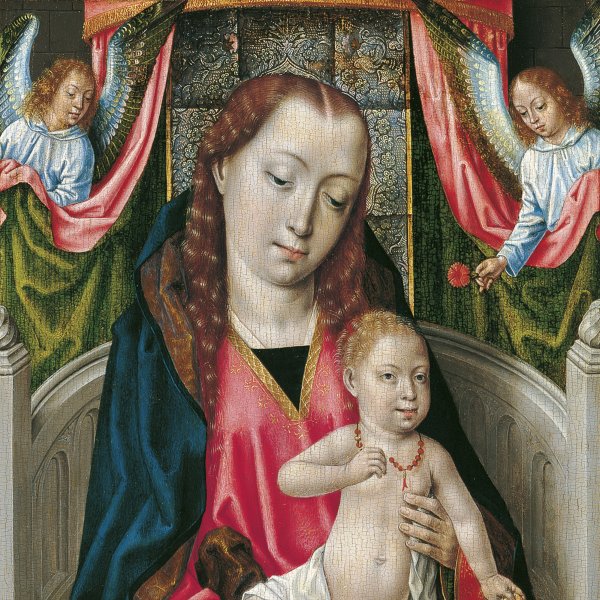Master of the Saint Ursula Legend
It was Friedländer who first studied the life and work of this artist from the southern Low Countries who lived and worked in Bruges in the late 15th century. Friedländer attributed to him the panels from an altarpiece with scenes of the life of Saint Ursula (Groeningemuseum, Bruges), originally painted for the Augustinian convent in Bruges.
The artist’s style combines influences of Rogier van der Weyden and Hans Memling, of whom the latter was his contemporary, while for many years some of his works were attributed to Hugo van der Goes. The central panel of the Nativity Triptych of around 1495–1500 (Detroit Institute of Arts) clearly reveals the influence of Memling’s compositions, while the left wing, which depicts The Visitation, recalls Van der Weyden.
The Master of the Saint Ursula Legend has had few works attributed to him and his only surviving documented painting is The Virgin and Child with three Donors, dated 1486 (Koninklijk Museum vor Schone Kunsten, Antwerp), which is one of his most important works. Among surviving portraits by this painter is Portrait of a Donor of around 1479 (Philadelphia Museum of Art), which is traditionally thought to depict Lodovico Portinari, and which formed a diptych together with The Virgin and Child (Fogg Art Museum, Cambridge, Mass.). Many of this artist’s works include a depiction of the tower of Bruges’ Town Hall, an element that has been fundamental to reconstructing his career and to establishing a chronology of his works.





